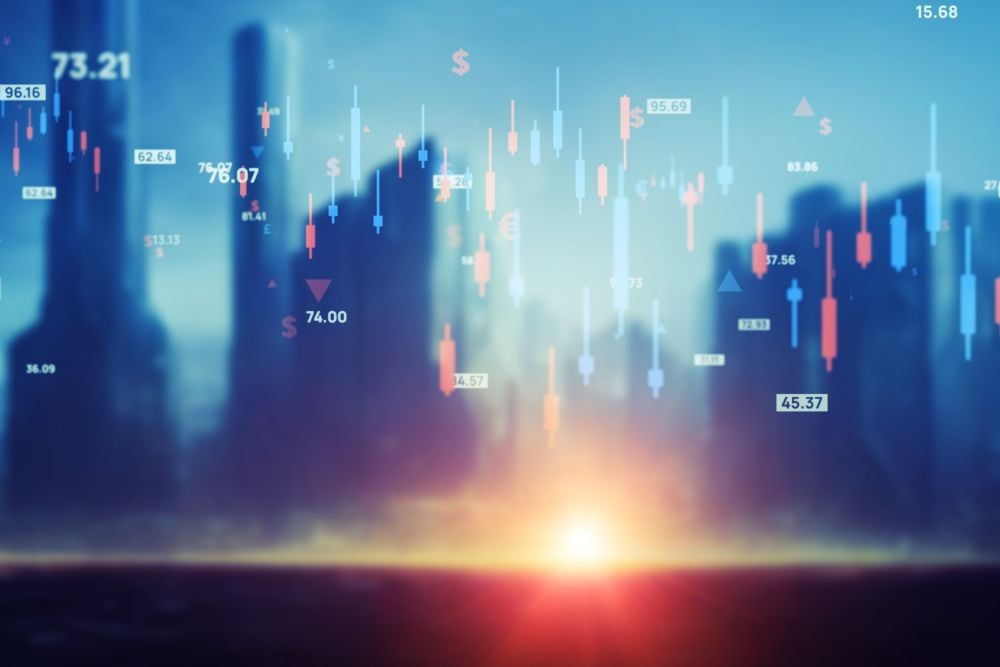
Crises are a fact of life in financial markets, and while each crisis is different, there are also common threads running through them. The Covid-19 crisis, however, is seen as different and more challenging because it is not just an economic crisis, but also a health and welfare one. Governments are treading a fine line between avoiding an economic meltdown and trying to prevent health care systems from being overwhelmed.
This crisis is also unusual because it is so acute: The descent from a record high of the S&P 500 Index to bear market territory has been extraordinarily swift and brutal. Further complicating the situation is the fact that the coronavirus has delivered an enormous, but as yet unquantifiable, dual demand- and supply‑side shock, with shortages of labour and medical supplies on the one hand and an excess supply of oil on the other.
In spite of the unique challenges Covid-19 poses, there are ground rules that we can identify and learn from previous crises that can help investors get through this difficult period.
1. Be patient. In crisis markets, it is natural to look at your entire portfolio or coverage list at once and think that getting market direction right is the only thing that matters and that fundamental security analysis is pointless. This is incorrect. The better you understand your companies, the more confidence you will have investing into air pockets. These moves should ultimately be rewarded when we get to the other side of this.
2. Avoid predictions. You cannot pick the bottom, so why beat yourself up about it? It is easy to start the day with optimism and get stuck in the market only to look foolish by mid-afternoon. Nobody, no matter what they claim, has the power of precognition – so avoid becoming obsessed with it.
3. Stay invested and embrace risk. When the reversal comes, it will likely be powerful, and the majority of the potential upside will come in a limited number of sessions, so you will not be able to get invested in time. In previous bear market cycles, the inflection point only became apparent with the passage of time. No bell is ever rung to signify the bottom.
4. Monitor quality. Do not get anchored to the points that prices have fallen from. In security selection, we are always making a relative bet, but I recall from 2009 that it was “quality” that bounced hardest. The exercise is now one of selling low to buy low. Quality stocks now offer enough potential upside that you do not need to take existential risk with leveraged balance sheets. The pattern recognition from 2008–2009 was that stocks could be multi‑baggers once they recapitalized, but the dilution to existing shareholders was painful.
5. Be alert for fallen angels. For those of you who operate in small cap or high yield, the other pattern I remember from the 2008–2009 crisis is that of companies that were economically quite large and/or highly rated seeing their market caps (or ratings) compressed into small‑cap or junk territory. These companies can present both opportunities and sources of index risk as they fall into benchmarks. After the global financial crisis, many of them soon recovered their mid‑ or even large‑cap status.
Aside from these five rules, it is also important to be strategic. A new cycle is being set, with new trends and new market leadership likely to emerge. At this point, it is impossible to identify all of those trends, but at the very least, we appear to be in a new era of fiscal expansion, and the signs are that we could be seeing the end of the era of ultra-low rates.
Finally, it should be noted that truly great companies are rare. A 2016 study by Hendrik Bessembinder at Arizona State University, for example, found that from 1926 through 2015, just 86 stocks out of 26,000 examined accounted for 50% of the market’s return. The top 1,000 companies (less than 4% of the total) accounted for 100% of wealth creation during that time.
Opportunities to buy great companies at great prices are even rarer. We are currently at one of those moments.
Justin Thomson is chief investment officer for international equities at T. Rowe Price.









